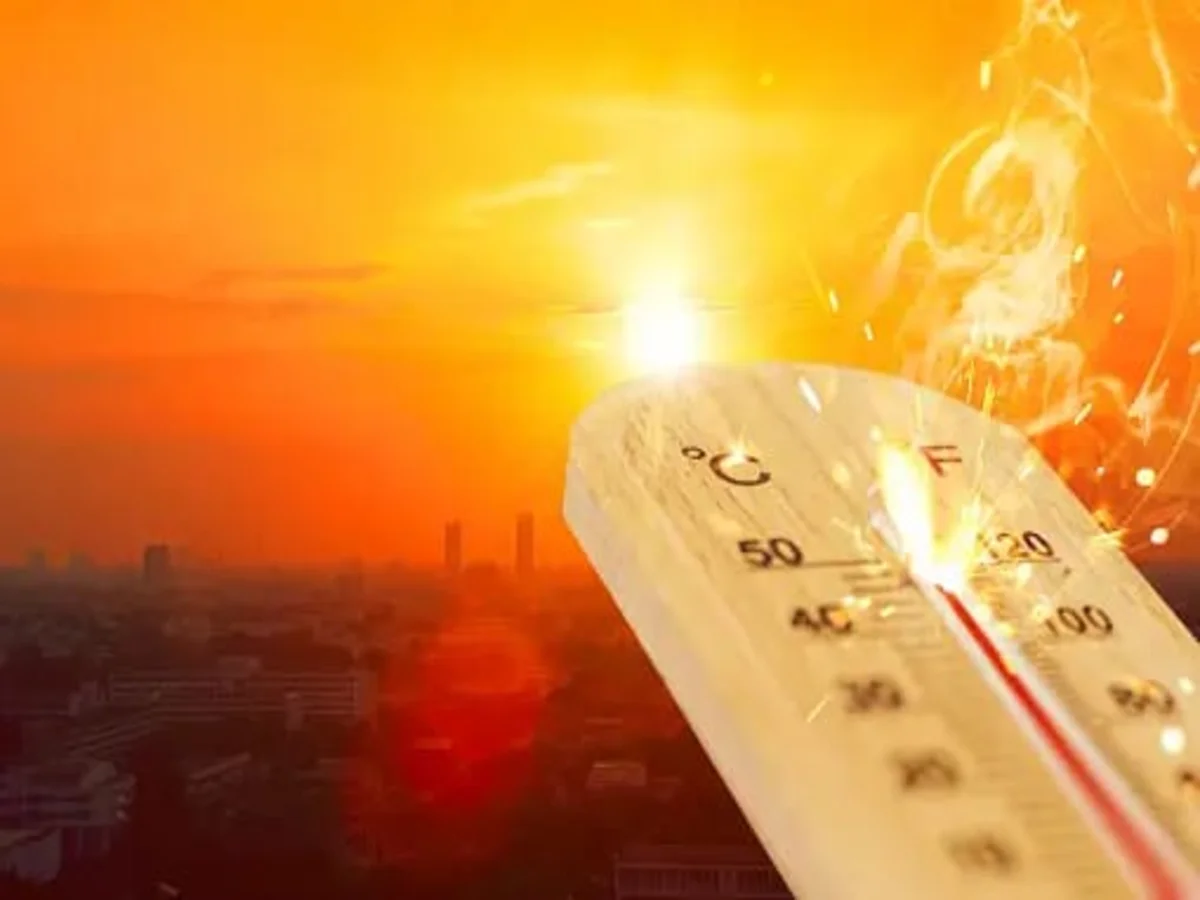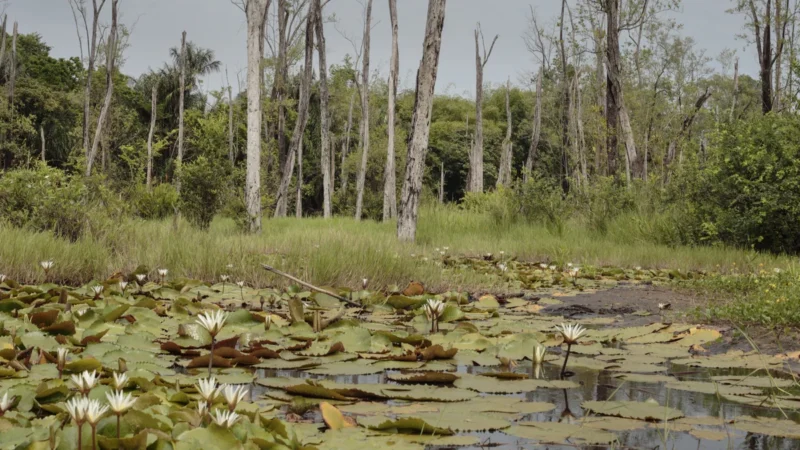Prepare and Prevent: Summer Weather Safety and Planning

As the sun shines brighter and temperatures rise, summer brings joy and excitement. However, it’s essential to stay vigilant about potential weather hazards and take necessary precautions to ensure a safe and enjoyable season. In this guide, we will explore valuable tips and planning strategies to navigate the challenges of summer weather while keeping yourself and your loved ones protected.
1.Understanding Summer Weather Hazards
Before delving into safety measures, it’s crucial to understand the various weather hazards that can arise during the summer months. Common hazards include heatwaves, thunderstorms, hurricanes, wildfires, and high UV index levels. Each of these poses unique risks, making it vital to be aware of the weather patterns in your area and any potential threats.
2.Heatwave Preparedness
Heatwaves can be extremely dangerous, particularly for vulnerable individuals like the elderly, young children, and those with pre-existing health conditions. To prepare for a heatwave, stay informed about heat advisories and warnings issued by local authorities. Create a cool and comfortable environment at home with fans or air conditioning, and avoid outdoor activities during peak heat hours. Keep yourself hydrated and wear light, breathable clothing to prevent heat-related illnesses.
3: Sun Protection Tips
Enjoying the summer sun responsibly requires proper sun protection. Always apply sunscreen with a high SPF before going outdoors, and reapply every two hours or more frequently if swimming or sweating. Wear a wide-brimmed hat, sunglasses, and protective clothing to shield yourself from harmful UV rays. Seeking shade during peak sun hours can also reduce your risk of sunburn and heat exhaustion.
4: Staying Hydrated in Hot Weather
Dehydration is a significant concern during the summer, especially when engaging in outdoor activities. Drink plenty of water throughout the day, even if you don’t feel thirsty. Avoid excessive consumption of alcohol and caffeinated beverages, as they can contribute to dehydration. If you’re engaging in physical activities, bring a water bottle and take regular breaks in the shade to rehydrate.
5: Planning Safe Outdoor Activities
Summer offers numerous outdoor recreational opportunities, but safety should always be a priority. When planning activities such as hiking, camping, or swimming, research potential risks in the area and adhere to safety guidelines. Inform someone about your plans and expected return time, especially when venturing into remote locations. Carry essential safety equipment like first aid kits and emergency supplies.
6: Summer Travel Safety Tips
If your summer plans involve travel, take extra precautions to ensure your safety. Check weather forecasts and road conditions before embarking on a road trip. Pack a car emergency kit and have your vehicle inspected before long journeys. If flying, stay updated on potential flight delays due to weather events. Additionally, safeguard your home while you’re away to prevent burglaries or property damage.
7: Be Prepared for Thunderstorms and Hurricanes
Thunderstorms and hurricanes can occur during the summer, bringing strong winds, heavy rainfall, and lightning. Create an emergency preparedness kit with essential supplies, including flashlights, batteries, non-perishable food, and a battery-powered radio. Identify safe shelter locations and evacuation routes in case of severe weather warnings. Stay indoors during thunderstorms and avoid electrical appliances to minimize the risk of lightning strikes.
8: Preventing Wildfires
Summer heat and dry conditions increase the risk of wildfires in certain regions. Follow local authorities’ guidelines regarding fire safety and restrictions. Be cautious when using fire in camping or outdoor cooking settings and ensure fires are fully extinguished before leaving the area. Report any signs of smoke or potential fire hazards to authorities promptly.
we can conclude this, By being proactive and prepared, you can make the most of the summer season while safeguarding yourself and others from weather-related risks. Remember to stay informed about weather forecasts and advisories, practice sun safety, stay hydrated, and take necessary precautions during outdoor activities or travels. With a bit of planning, you can have a safe and enjoyable summer.
FAQs
1: How can I protect myself from the sun during the summer?
To protect yourself from the sun, apply sunscreen with a high SPF, wear a wide-brimmed hat and sunglasses, and use protective clothing. Seek shade during peak sun hours (usually between 10 am and 4 pm) to minimize exposure to harmful UV rays.
2: What should I do to stay hydrated in hot weather?
staying hydrated in hot weather is crucial. Drink plenty of water throughout the day, even if you don’t feel thirsty. Avoid excessive alcohol and caffeinated beverages as they can contribute to dehydration. Carry a water bottle and take regular breaks in the shade during outdoor activities.
3: How do I prepare for a heatwave?
To prepare for a heatwave, stay informed about heat advisories from local authorities. Keep your living space cool with fans or air conditioning. Avoid outdoor activities during the hottest parts of the day. Wear light, breathable clothing and remember to stay hydrated by drinking plenty of water.
4: What should I include in my summer travel safety checklist?
Your summer travel safety checklist should include checking weather forecasts and road conditions before your trip. Packing a car emergency kit with essentials like flashlights, non-perishable food, and a first aid kit is important. Ensure your vehicle is in good condition, and if flying, stay updated on potential flight delays due to weather.
5: How can I plan safe outdoor activities for the summer?
Planning safe outdoor activities involves researching potential risks in the area you’ll be visiting. Inform someone about your plans and expected return time, especially when venturing into remote locations. Carry essential safety equipment like a first aid kit, emergency supplies, and navigation tools for hiking or camping trips.


